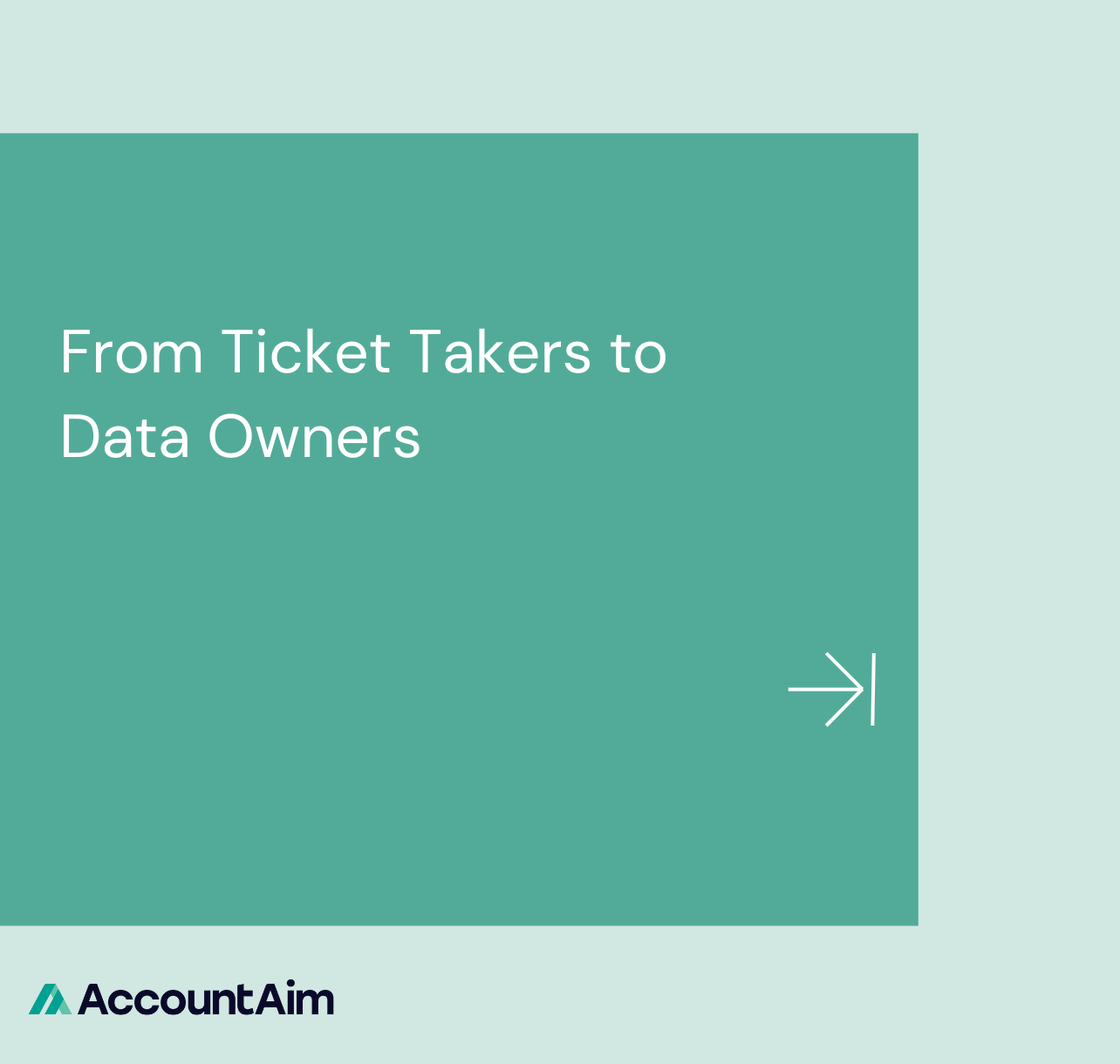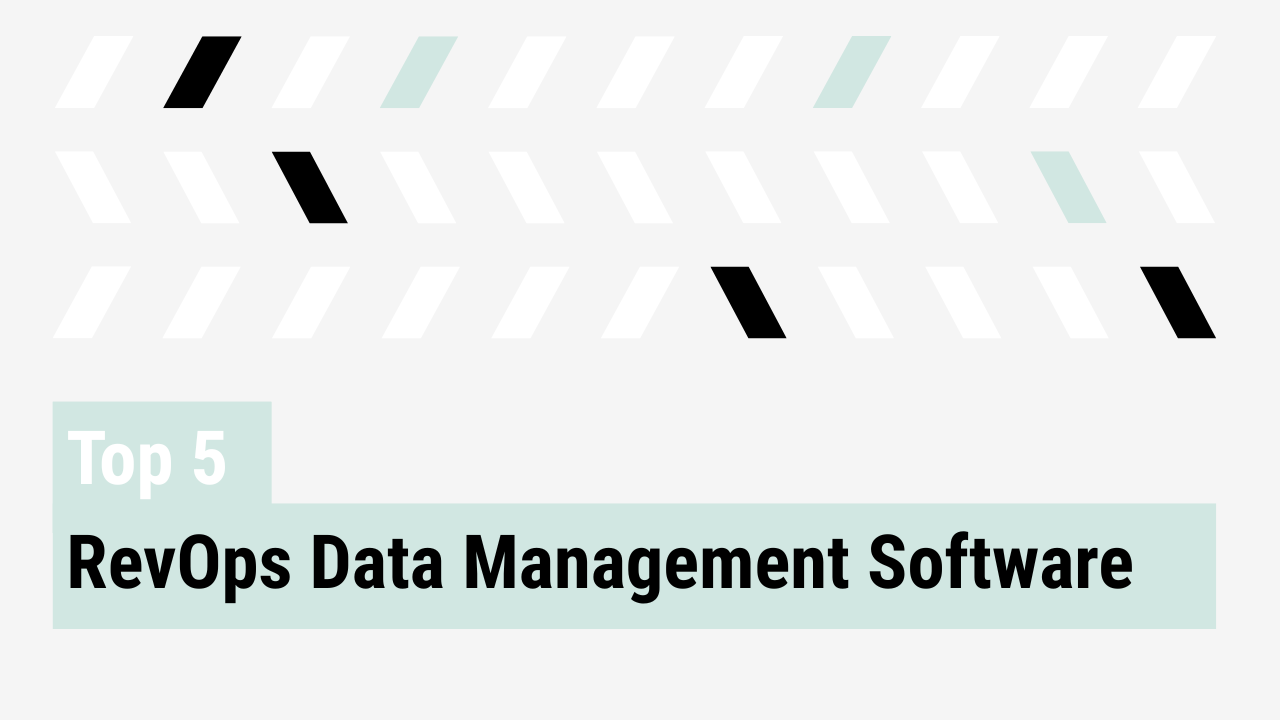RevOps attribution models are an essential part of modern go-to-market strategy. Last-click reporting oversimplifies B2B buying journeys. Buyers interact with ads, webinars, SDR outreach, and peer communities before deciding to engage with a sales team. If reporting only credits the final step, the result is incomplete and misleading.
Multi-touch attribution provides a broader view. It shows which channels and activities influence the buyer journey and helps RevOps leaders allocate resources with confidence. When everyone works from the same attribution model, discussions shift from assumptions to evidence.
Why move beyond last-click
Last-click attribution is common because it is easy to explain and quick to set up. However, it consistently overvalues bottom-of-funnel actions such as demo requests or sales calls.
The approach fails to reflect how demand is actually created. A buyer may first discover the company through a digital ad, later attend a webinar, and then respond to SDR outreach before requesting a demo. If all value is assigned to the demo form, early and middle-funnel efforts disappear from reporting.
RevOps teams need attribution models that account for every stage of the journey. A full view of influence allows leaders to direct investment toward both brand-building and demand capture activities.
Common multi-touch attribution models
Multi-touch attribution models take several forms. The most accessible are rule-based models:
- Linear attribution assigns equal value to all touchpoints.
- Time-decay attribution increases the weight of later interactions, which works well for shorter buying cycles.
- U-shaped attribution places more value on key milestones such as first touch and lead creation.
- W-shaped attribution emphasizes first touch, lead creation, and last touch.
As organizations mature, data-driven attribution becomes more useful. Machine learning evaluates historical data and assigns weight dynamically. This often surfaces patterns that manual models miss, such as the strong correlation between webinar attendance and conversion likelihood.
Hybrid models are also gaining traction. Amazon has developed an approach that blends randomized testing with predictive algorithms. These advanced models require more data and technical investment but create attribution frameworks that adapt over time.
Strategic benefits for RevOps and GTM leaders
Multi-touch attribution creates a shared reference point across marketing, sales, and customer success. When teams work from the same data, conversations focus on results rather than credit.
Accurate attribution also improves budget allocation. Marketing can validate investment in awareness campaigns, sales can demonstrate the impact of outbound programs, and customer success can show how retention initiatives contribute to expansion.
The ability to see performance continuously is another advantage. RevOps attribution models provide visibility into channel effectiveness throughout the quarter. Leaders can shift budgets, adjust staffing, or refine campaigns without waiting for end-of-period reporting.
Key implementation best practices
Successful attribution begins with goal clarity. Leaders need to decide whether the focus is pipeline acceleration, customer acquisition efficiency, or revenue expansion. Each objective may call for a different model.
Comprehensive data capture is also critical. Ads, events, SDR touches, and nurture campaigns all need to be tracked in a consistent way. Integration across CRM and marketing automation platforms ensures accuracy. Identity resolution must connect touchpoints back to the right accounts and buyers.
Attribution is not a one-time project. Models should be revisited and recalibrated as markets evolve and go-to-market strategies change. Ongoing collaboration across functions, shared dashboards, and executive sponsorship are essential for making attribution a durable capability.
Tools and future trends
Several tools support multi-touch attribution. Google Analytics 360, HubSpot, and Adobe Analytics provide out-of-the-box features. Platforms such as Ruler Analytics, Funnel.io, and Roivenue allow more customization for B2B complexity. The right choice depends on data maturity and reporting needs.
AI-driven attribution is an emerging trend. Predictive platforms can analyze data in real time and adjust credit assignments dynamically. This approach raises expectations for clean and well-governed data pipelines.
Incrementality testing is also gaining importance. By comparing touchpoints against control groups, companies can measure the lift provided by each activity. Together with privacy-focused methods such as data clean rooms, incrementality ensures that attribution insights remain reliable even as traditional tracking becomes more difficult.
Final thoughts on the benefits of multi-touch models
Single-touch attribution no longer reflects the complexity of modern B2B buying. Multi-touch attribution provides a fuller picture of how revenue is generated across the funnel.
RevOps leaders can start with simple models and progress toward data-driven approaches as their organizations mature. By building and evolving RevOps attribution models, teams gain a framework that supports accurate resource allocation, evidence-based decision-making, and faster go-to-market execution.
Attribution is more than a reporting method. It is a strategic tool that helps organizations compete with clarity and precision.



